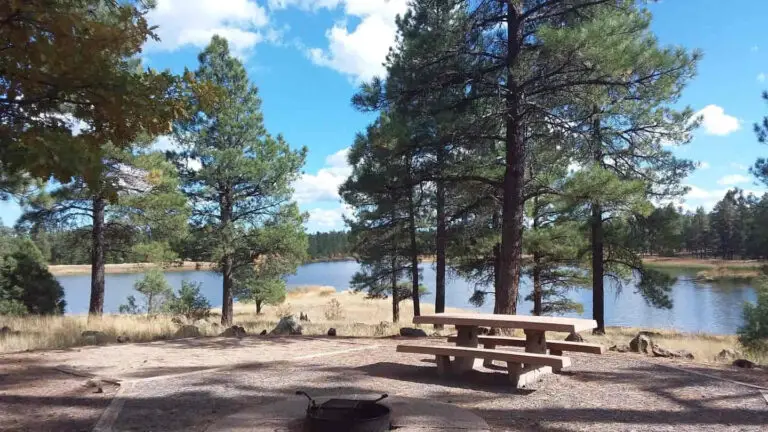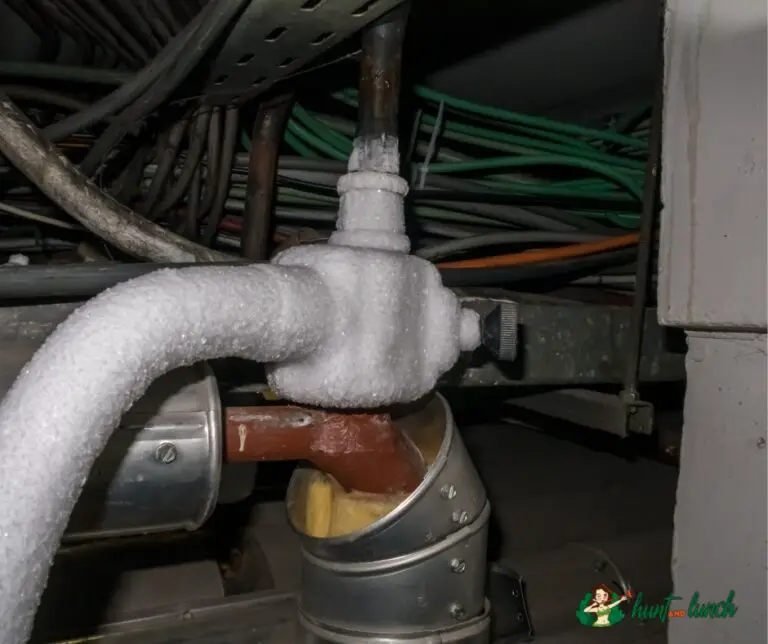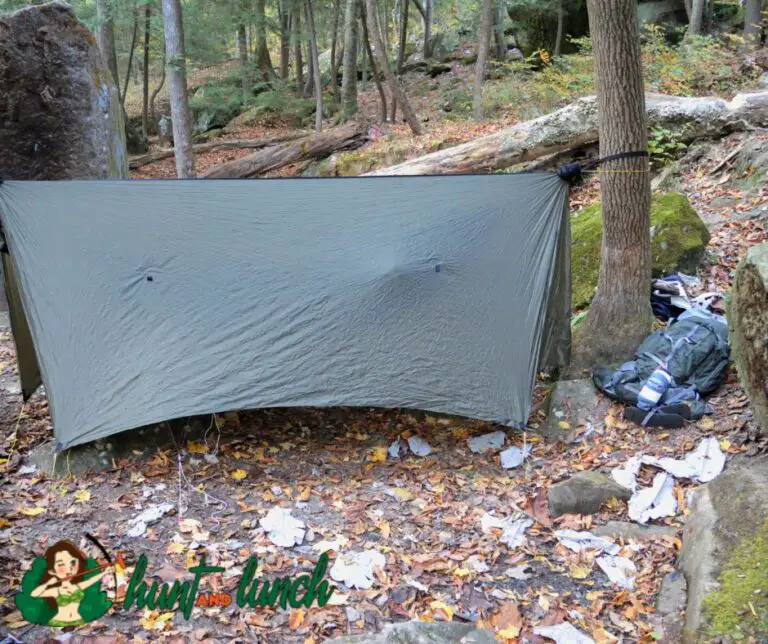
If you plan on using your canopy outside, it’s essential to know how to keep it from blowing away. You can only sometimes rely on the wind to be calm and predictable. Even a slight breeze can cause enough sway in your canopy that it could end up blowing away. To help you out, here is a piece on how to keep the canopy from blowing away.
Can Wind Blow Away My Canopy?
The wind, rain, and high winds can blow a pop-up canopy away. The higher the wind speed, the more likely your canopy will tip over or blow off its base. Most pop-up canopies are designed for up to 30 MPH winds. Still, most people only use them during those conditions in a high-traffic area, such as an outdoor concert or event.
If you’re using it outside, check the weather forecast to ensure there isn’t any chance of storms moving through your area before choosing whether it’s safe enough for you to take out your pop-up canopy. If you live in an area with high winds, purchasing a heavier-duty base would be a wise investment, since these types of bases are more likely to withstand strong gusts and pull their weight better than lighter ones.
Ways to Prevent Canopy from Blowing Away
Find the right location
Finding a location that is sheltered from the wind is the most important thing you can do to prevent your canopy from tipping over. This includes things like trees, buildings, or fences. Use it if you’re lucky enough to have one of these things nearby.
If you have no choice but to install your canopy in an open area, try to find a spot where there are only objects for the wind to hit before reaching your canopy. These obstructions will reduce that way and won’t cause as much stress on your canopy.
Use heavy-duty tent stakes
Tent stakes are a must for any canopy that will be used in windy conditions. These will help keep the canopy from flying away when the winds pick up and can even be used on sand or grass, depending on what kind of ground you’re setting your tent up on. The longer they are, the more stable they’ll be in keeping your canopy from blowing away.
Go for a canopy with a vented top
If your canopy has a vented top, you can take advantage of this feature to help keep it from blowing away. Venting allows air to flow through the canopy, which helps prevent heat buildup and allows for more airflow. This means you won’t have to worry about your canopy getting too hot in the sun or being blown away by high winds.
We typically make ventilated tops with mesh material and large holes so that any excess air can escape easily. They also prevent moisture buildup inside because of excessive humidity.
Anchor kits
If you are looking for a way to keep your canopy from blowing away in the wind, anchor kits are an easy and convenient option. Anchor kits have everything you need to ensure that your pop-up tent stays even in strong winds and storms. Strong nylon ropes can be attached by various means (such as grommets or loops), and plastic caps for each stake, so they don’t damage your grass or soil when pushed into it.
You can also look for durable stakes made of steel with hooked heads so that you can secure the rope more tightly. You’ll also want to consider whether there is enough space around each staking point to place anchors. If not, consider buying weighted balls instead; We have proven these effective at keeping tents upright in high winds.
Rope, rope ratchets, cinches, and turnbuckles
You can use rope, ratchets, and turnbuckles to secure your canopy to the ground. A rope is the cheapest option and works well for small canopies. Ratchets are a good choice for medium-sized canopies. They have teeth that bite into the canopy fabric and help secure it in place on windy days.
Turnbuckles are another way to keep your cover from going airborne during storms, although they’re more expensive than ratchets or rope alone because they require more work than either of those options do.
Sandbags or water bags
Sandbags and water bags are both excellent options for keeping your canopy from blowing away. Sandbags, however, are more durable than water bags and are cheaper to purchase. Water Bags are easier to transport than sandbags because they’re lighter. Plan on using your pop-up canopy on asphalt or concrete, and you cannot use stakes because of a lack of ground space or some other reason. Weights will be essential.
Cinder blocks
You can also rely on cinder blocks to help steady your canopy. Place the cinder blocks underneath each of your canopy legs so that they are flush with the ground and directly touching it. This will help anchor the canopy down, which will prevent it from being blown over during strong winds.
Permanent attachment to the house, garage, or other large structure
Attaching your canopy to a house, garage, or another large structure is the best way to keep it in place. The canopy should be attached to a strong, sturdy structure and will not move in the wind. The ideal location for your canopy would be against the side of a building with no trees or poles in front of it.
Attach your canopy securely using heavy-duty ratchet straps that are long enough to wrap around whatever you are attaching it to at least twice, as well as through bolts and nuts.
Remove sidewalls
The most common way to do this is by removing the Velcro straps that hold them in place. This will reduce the ability of your weight to act as a sail when the wind blows high, effectively preventing the tent from tipping over. Remove any side walls until the wind has passed, or save them for a sunny, calm day.
Conclusion
This article has given you all the information needed to keep your outdoor canopy from blowing away when the wind picks up. You now know that it’s possible to anchor down your canopy with sandbags or weight bags, as well as bungee cords and stakes. It’s challenging to decide which method is best for you, but you will know what works best by considering your situation.

I’m Cindy, a free-spirited outdoor enthusiast. Since childhood, Our family frequently goes on weekend camps and my father, who was a skilled hunter, used to teach my siblings and me valuable things about wildlife survival. I made this blog to share my knowledge, experiences, and tips.






